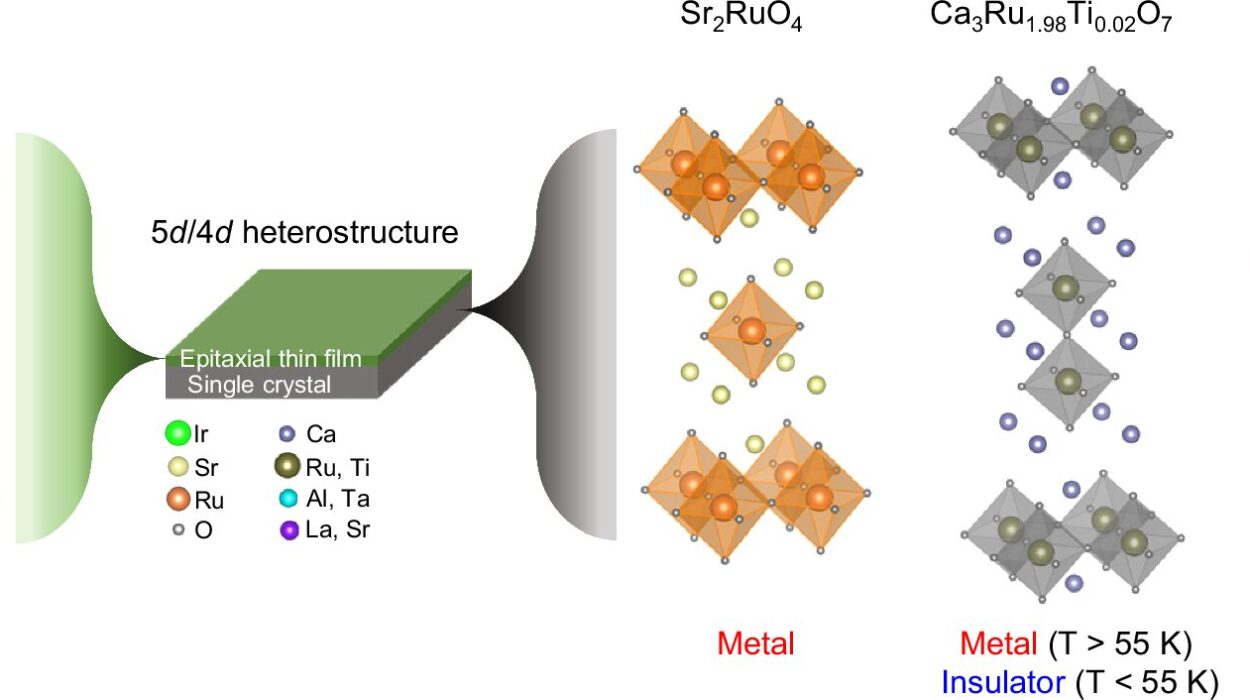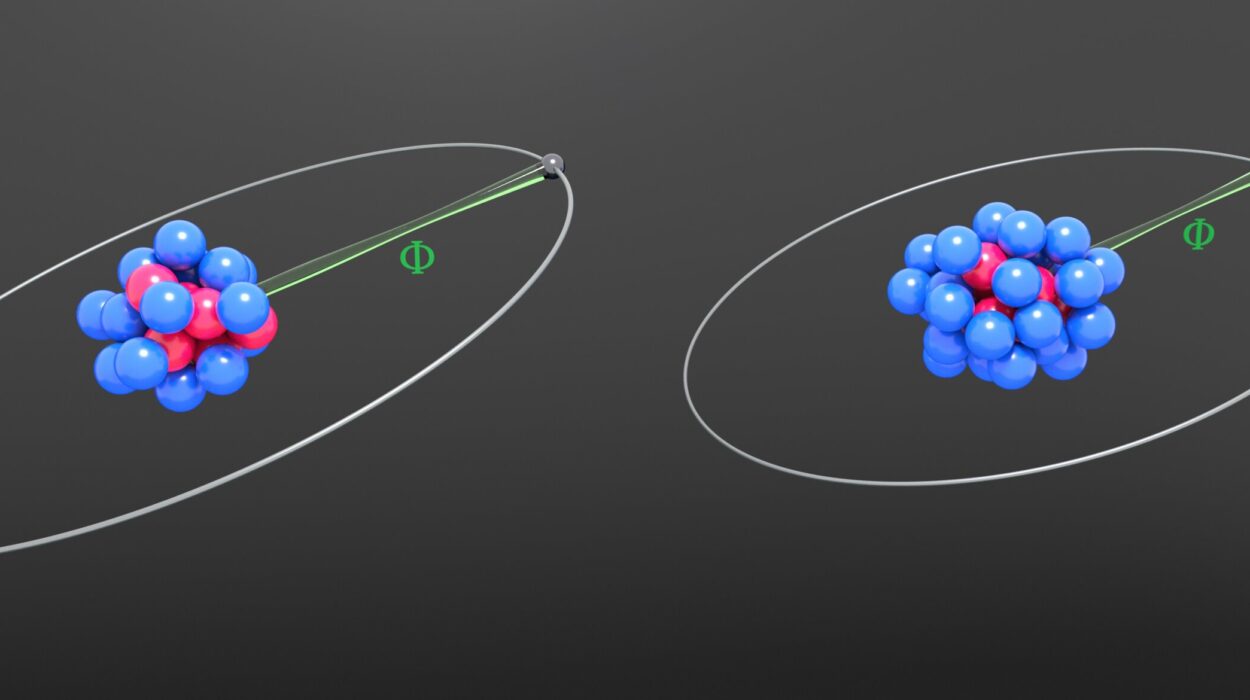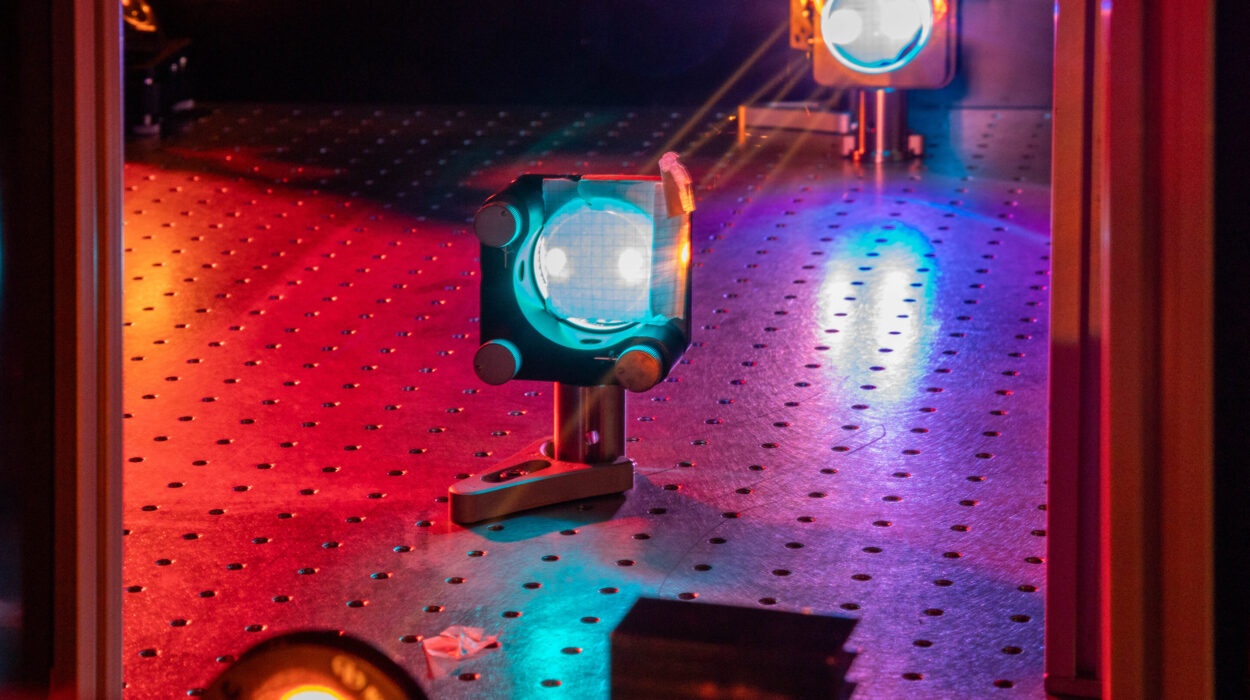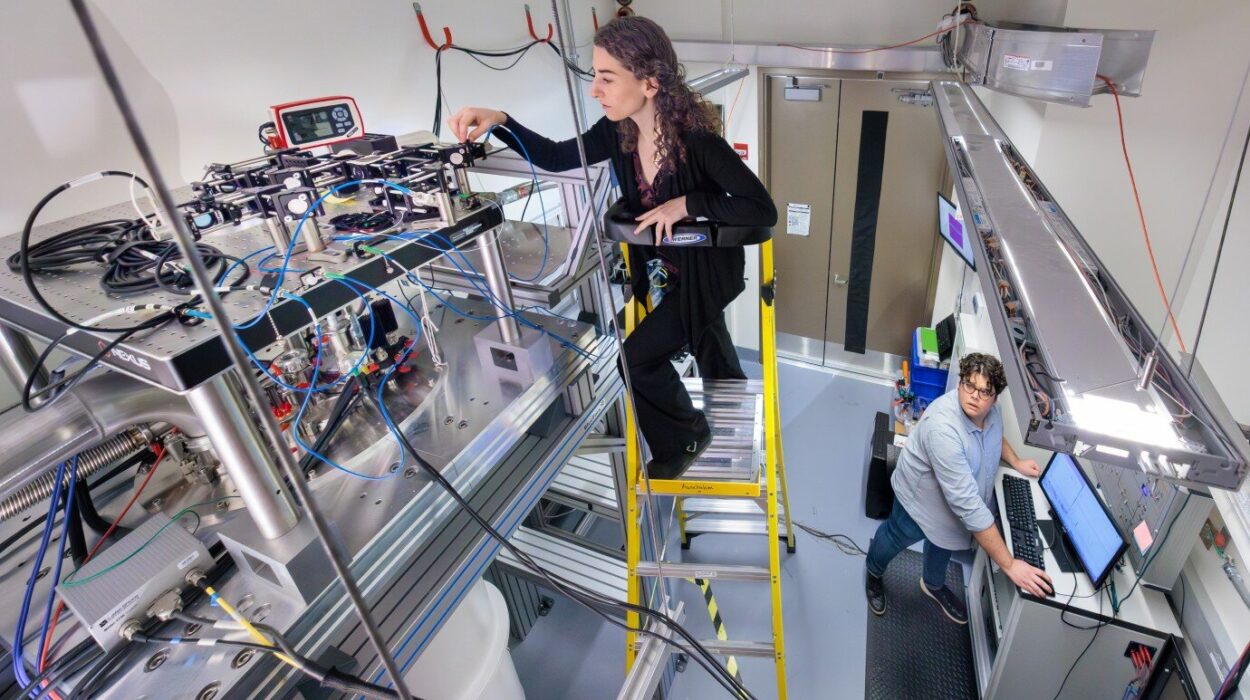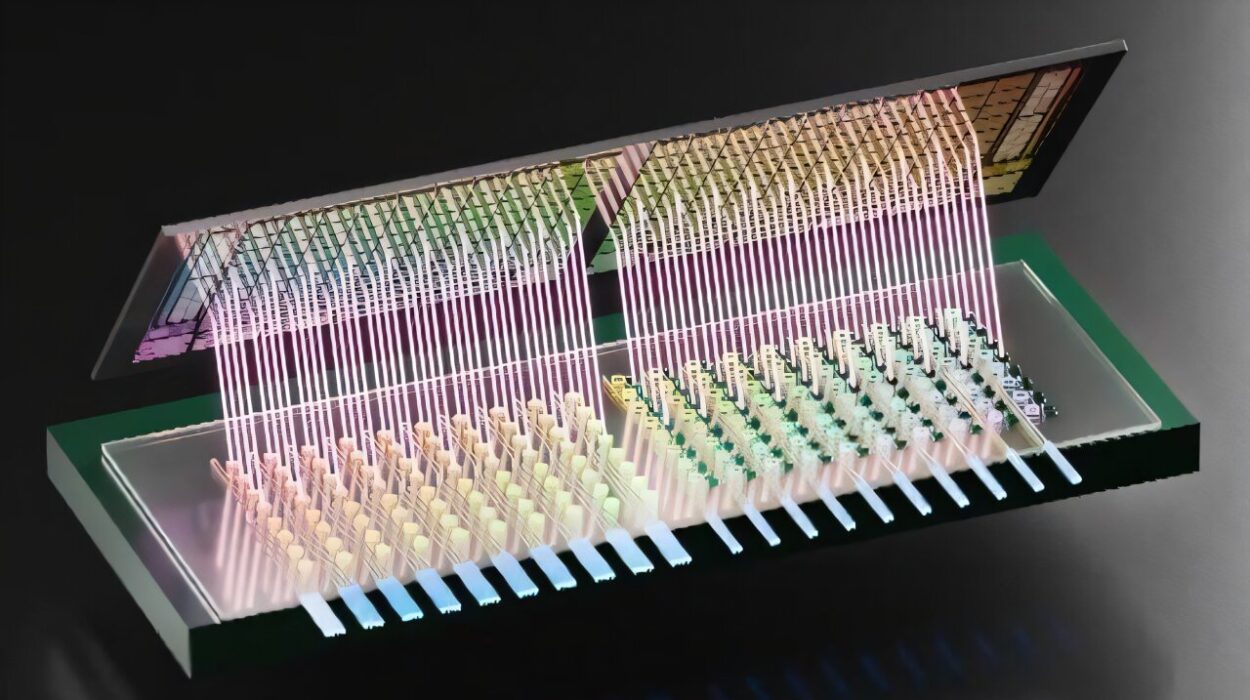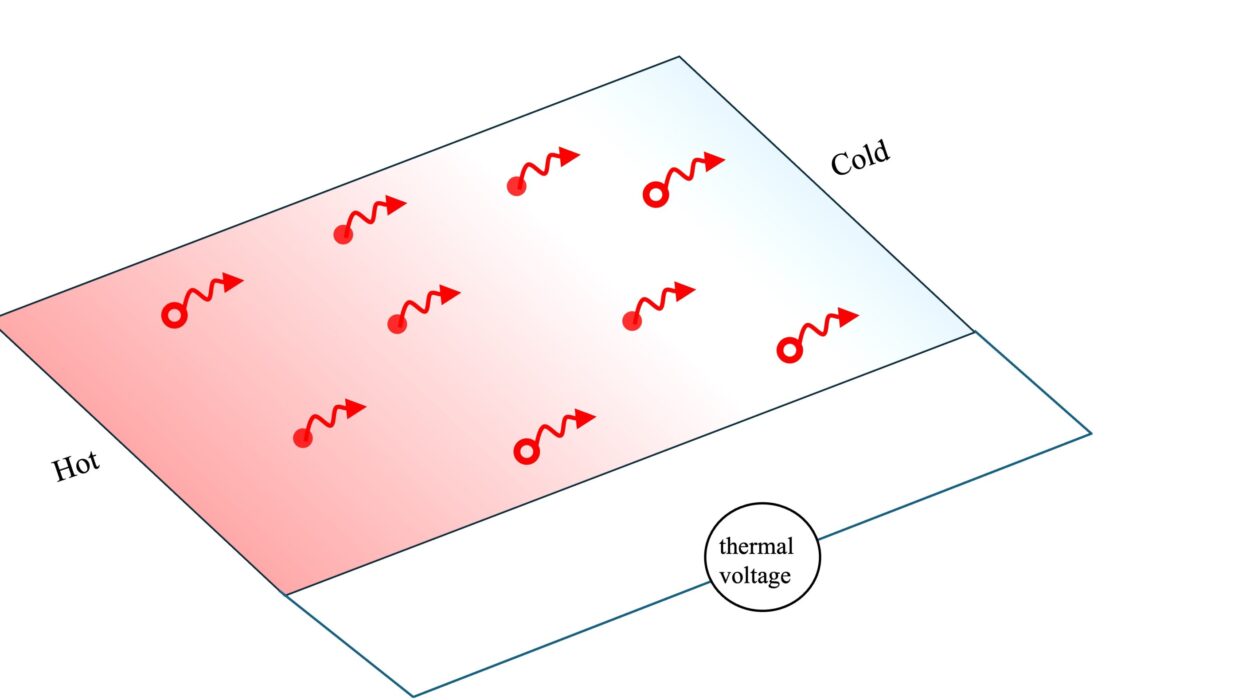In 1824, a young French engineer named Sadi Carnot peered into the fiery heart of steam engines and glimpsed a profound truth: energy, once unleashed, flows in one direction. His insight became the Second Law of Thermodynamics, an unshakable pillar of modern science. It told us that disorder—entropy—always increases, and that processes, while potentially efficient, can never be perfectly reversed in the real world.
Now, just over two centuries later, an international team of physicists has unveiled something extraordinary: a quantum counterpart to that famous second law. Published July 2 in Physical Review Letters, the new discovery reveals that the most baffling phenomenon in quantum mechanics—entanglement—can, under specific conditions, be manipulated reversibly. The research suggests that the strange correlations between entangled particles obey their own kind of thermodynamic law, one that could shape the future of quantum computing, communication, and beyond.
And at the heart of this breakthrough? A new kind of battery—not one that stores energy, but one that stores entanglement.
Entanglement: Spooky, Powerful, Essential
Entanglement has long been the mystery child of quantum theory. First introduced nearly a century ago as a thought experiment to mock the supposed absurdities of quantum physics, entanglement suggested that two particles, once linked, could remain connected across space. Measure one, and the other instantaneously “knows” what happened, even if it’s light-years away.
Einstein dismissed it as “spooky action at a distance.” But after decades of experimental validation, entanglement is no longer just spooky—it’s essential. It’s the secret ingredient behind quantum teleportation, the backbone of quantum cryptography, and a driving force behind the race toward quantum computers.
Still, entanglement remained elusive in one key way. Physicists had long suspected that manipulating entanglement might behave like thermodynamics: entanglement can be increased or depleted, transformed or consumed, but never perfectly recaptured once spent. The core idea of irreversibility—that some quantum operations permanently degrade entanglement—loomed large.
The question that haunted researchers for decades was: Could there be a second law of entanglement manipulation? A rule that mirrors Carnot’s law of entropy, governing how entanglement flows and whether it can be recovered?
A Battery for Entanglement
To answer this, physicists turned to a familiar scenario in quantum information theory—one involving two distant participants, affectionately known as Alice and Bob. They each hold part of an entangled quantum system. But they’re limited in what they can do: they can perform local operations on their own particles and communicate classically—say, by sending each other messages or phone calls.
Under these constraints, called LOCC (local operations and classical communication), entanglement behaves like a dwindling resource. Transform one state into another, and you may never get back what you had. The process is irreversible, like heat dissipating from a hot cup of tea.
But what if Alice and Bob were allowed one extra tool—an entanglement battery?
This hypothetical device doesn’t store energy like a standard battery. It stores entanglement. Just as an electric battery can be discharged to perform work, an entanglement battery can be used to inject entanglement into a process—or absorb it, storing it away for future use.
Crucially, the only restriction on Alice and Bob is this: whatever they do, they must not decrease the total entanglement inside the battery. Within that rule, they are free to draw from or contribute to the battery, much like a thermodynamic engine obeying the law of energy conservation.
By leveraging this idea, the researchers—led by Alexander Streltsov and Tulja Varun Kondra—proved something breathtaking: any transformation between mixed entangled quantum states can be made perfectly reversible when assisted by an entanglement battery.
Just as Carnot’s engine defines the maximum efficiency for converting heat into work, this new framework defines a regime where quantum entanglement transformations are not just efficient—but fully recoverable.
A New Second Law
“We’ve been searching for a second law of entanglement for years,” says Kondra, co-author of the study. “The thermodynamic analogy was always tantalizing, but no one could find a fully reversible regime. Until now.”
The key insight wasn’t just about entanglement—it was about resources. In physics, a resource is something that allows you to do things you otherwise couldn’t. In thermodynamics, it’s energy. In quantum theory, it might be entanglement, coherence, or even information.
By introducing the entanglement battery as a kind of external quantum resource, the researchers were able to restore symmetry to the system. Transforming an entangled state into another—and then reversing that process—is now possible, as long as the battery is treated with care.
“This doesn’t mean every quantum process is reversible,” Streltsov cautions. “But it shows that, fundamentally, the limitations we assumed weren’t absolute. With the right tools—like this battery—entanglement is not doomed to be lost.”
In fact, the team believes they’ve uncovered not just one new law, but the possibility of a family of second laws, applicable across a range of quantum systems and transformations.
Beyond Entanglement: Toward Quantum Resource Thermodynamics
The implications of this work are vast. For one, the idea of an entanglement battery might extend beyond just entanglement.
“We can build similar ‘batteries’ for other resources,” Streltsov explains. “For example, one for coherence, or free energy, or other quantities in quantum physics. The idea is simple: you use an extra system that can participate in a transformation, but its defining resource must not be diminished.”
This creates a powerful framework—a way to systematically test whether other quantum processes are reversible, based on minimal assumptions and clearly defined rules. In doing so, physicists could carve out a thermodynamics of quantum resources, a new branch of science that blends classical insights with quantum weirdness.
It also opens up new possibilities for quantum technologies.
In practical terms, being able to manipulate entanglement reversibly could lead to more efficient quantum computers, better quantum networks, and reliable long-distance quantum communication. Quantum systems could be reset, recharged, and reused with minimal loss—exactly the kind of efficiency needed for building stable, scalable quantum devices.
In complex quantum networks involving many entangled particles—known as multipartite systems—the concept of a generalized battery could provide control and predictability, taming the chaos that often plagues quantum interactions.
A Universe That Rhymes
This discovery, at its heart, is more than a technical triumph. It’s a philosophical echo—a cosmic rhyme. Two hundred years after Carnot explained why a steaming cup of tea cools and never reheats itself, we’ve found that even in the surreal world of quantum physics, there is a rhythm. A symmetry. A law.
It reminds us that beneath the fog of entanglement, teleportation, and uncertainty, there is order. There are principles that persist. There is a logic that can be discovered, and perhaps even mastered.
It also shows how science, even in its most abstract forms, builds bridges across centuries. From the age of steam engines to the age of quantum circuits, the quest has always been the same: to understand how nature works, and how we might work with it.
Looking Ahead: Toward a Unified Language of Reversibility
As research continues, the challenge will be to translate these theoretical breakthroughs into working technology. Can entanglement batteries be simulated, or even built in the lab? Can reversibility be demonstrated experimentally across quantum systems? What new efficiencies might be discovered as a result?
And perhaps most intriguingly—can these findings help unify physics itself?
For decades, quantum mechanics and thermodynamics have lived in parallel worlds, each valid but largely incompatible. By uncovering a new law that straddles both, this research hints at a deeper structure—a shared DNA between the chaotic dance of atoms and the slow burn of heat.
Whether that leads to a grand theory of everything remains to be seen. But for now, this achievement stands as a beautiful testament to the power of ideas. And to the timeless truth that the universe, however strange, is not random—it is whispering patterns to those patient enough to listen.
Reference: Ray Ganardi et al, Second Law of Entanglement Manipulation with an Entanglement Battery, Physical Review Letters (2025). DOI: 10.1103/kl56-p2vb. On arXiv: DOI: 10.48550/arxiv.2405.10599

